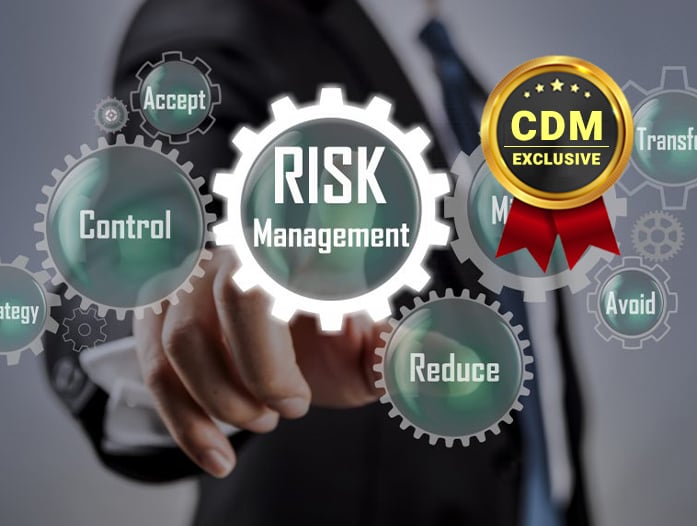By Andrew Beagley, Chief Risk Officer, OptimEyes.ai
Companies often manage cyber risks in functional silos, collect and assess risk data in standalone spreadsheets, and fail to give C-suite execs and board members a big-picture, holistic view that ties risk to strategic objectives.
These enterprises lack a common viewpoint and language for addressing risk across functions and between operations, management, and leadership. They may miss emerging threats until they escalate into crises and fail to weigh the magnitude of one risk against another.
These blind spots will be apparent if the new SEC disclosure rules are enacted. And the impact may be greater than a failure to comply with regulatory requirements. A worrisome cyber narrative can threaten a company’s reputation, customer confidence, business opportunities, market valuation, and potential to secure investment.
Thankfully, next-gen risk modeling technology gives companies a holistic view of their enterprise risk, so they can demonstrate their command of cybersecurity and reassure regulators, investors, customers, and other stakeholders.
Gartner says Integrated Risk Management is “a set of practices and processes supported by a risk-aware culture and enabling technologies, that improves decision making and performance through an integrated view of how well an organization manages its unique set of risks.” And it requires a company’s risk and security leaders to address six attributes: risk strategy, technology, monitoring, assessment, response, and communications & reporting.
Effective Integrated Risk Management can be built upon an Integrated Risk Modeling platform that enables companies to capture, analyze, customize, benchmark, and report risk data. With this intel-in-context, they can see the big picture, ensure their cybersecurity programs support the organization’s strategic objectives and create informed responses and remediation plans.
Here are four questions risk and security leaders can start with when they’re evaluating an Integrated Risk Modeling solution:
- Does the platform take in your operational data and strategic objectives to report on current risk exposure and provide organization-specific insights?
- Does it provide benchmarks that take account of industry type, company size, risk appetite, and data assets so comparisons with peers and competitors are hyper-targeted?
- Does it quantify the financial impact of risks to inform priority setting and resource allocation?
- Does it visualize data in an intuitive dashboard that can be customized so executives, functional management, and operational personnel can access relevant information?
These capabilities will position companies to comply with the proposed SEC disclosure requirements. For more information on the OptimEyes.ai solution, visit here
About the Author
 Andrew Beagley, Chief Risk Officer of OptimEyes.ai. Andrew is a highly experienced Chief Risk & Compliance Officer focused on developing cyber, data privacy and compliance risk model solutions. Using AI and machine learning, Andrew helps organizations quantify and benchmark their risk to enable smarter business decision-making.
Andrew Beagley, Chief Risk Officer of OptimEyes.ai. Andrew is a highly experienced Chief Risk & Compliance Officer focused on developing cyber, data privacy and compliance risk model solutions. Using AI and machine learning, Andrew helps organizations quantify and benchmark their risk to enable smarter business decision-making.
Based in New York and London, he has worked for corporate and regulatory organizations across multiple industries; supervised global teams; and managed significant regulatory relationships. He is an award-winning film maker, bringing to life complex corporate compliance and ethics issues on the big screen
Andrew online at [email protected] and at our company website http://www.optimeyes.ai


